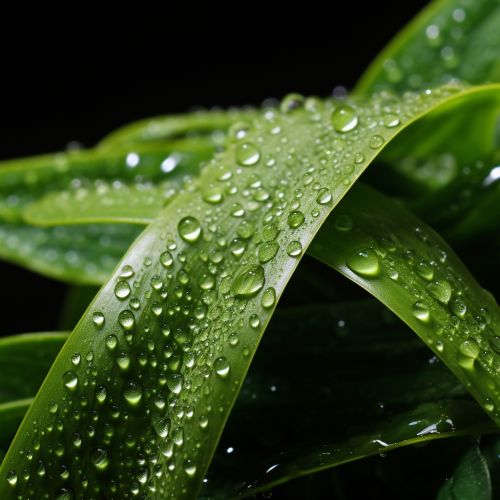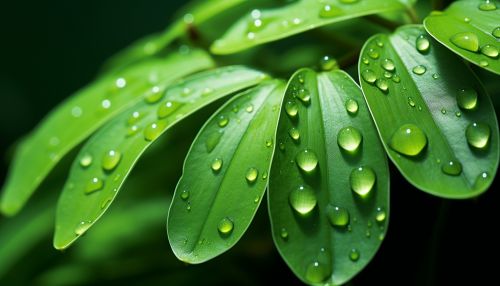Cladosporium sphaerospermum
Introduction
Cladosporium sphaerospermum is a species of fungus belonging to the Cladosporium genus, which is one of the largest genera of dematiaceous hyphomycetes, or darkly pigmented fungi. This species is ubiquitous in the environment, commonly found in soil, air, and various indoor and outdoor surfaces. It is also a well-known plant pathogen, causing leaf spots and other diseases in a variety of plant species.


Morphology and Growth
Cladosporium sphaerospermum is characterized by its darkly pigmented mycelium, which is the vegetative part of the fungus. The mycelium consists of a network of fine, branching, and tubular filaments known as hyphae. The hyphae of C. sphaerospermum are septate, meaning they contain cross-walls, and they are often branched. The conidiophores, or spore-producing structures, are darkly pigmented, straight or slightly curved, and often branched. The conidia, or spores, are darkly pigmented, spherical to oval in shape, and are produced in chains.
The growth of C. sphaerospermum is influenced by various environmental factors. It can grow at a wide range of temperatures, with an optimal growth temperature of around 25°C. It can also tolerate a wide range of pH levels, and can grow in both acidic and alkaline conditions. However, it prefers environments with high humidity and moisture.
Ecology and Distribution
Cladosporium sphaerospermum is a cosmopolitan species, meaning it is found worldwide. It is commonly found in the soil, where it plays a role in the decomposition of organic matter. It is also frequently found in the air, both indoors and outdoors, where it contributes to the fungal spore count. In indoor environments, it can be found on various surfaces, including walls, floors, and furniture, and it can also grow in damp or water-damaged buildings.
In addition to its presence in soil and air, C. sphaerospermum is also associated with various plant species. It can cause leaf spots and other diseases in plants, and it can also colonize the surfaces of healthy plants without causing disease, a phenomenon known as endophytism.
Pathogenicity and Health Effects
While Cladosporium sphaerospermum is primarily an environmental fungus and plant pathogen, it can also cause infections in humans and animals. These infections are generally rare and occur primarily in individuals with weakened immune systems. The most common type of infection caused by C. sphaerospermum is a skin infection known as dermatomycosis, but it can also cause respiratory infections and other types of systemic infections.
In addition to its potential to cause infections, C. sphaerospermum can also cause allergic reactions in susceptible individuals. The spores of this fungus are a common cause of allergic rhinitis and asthma, and they can also cause skin reactions in individuals with a sensitivity to mold.
Research and Applications
Cladosporium sphaerospermum has been the subject of various scientific studies due to its ubiquity in the environment and its potential health effects. It has also been studied for its potential applications in biotechnology. For example, it has been investigated for its ability to degrade various pollutants, a process known as bioremediation. It has also been studied for its potential use in the production of biofuels, as it can produce enzymes that break down plant material into fermentable sugars.
